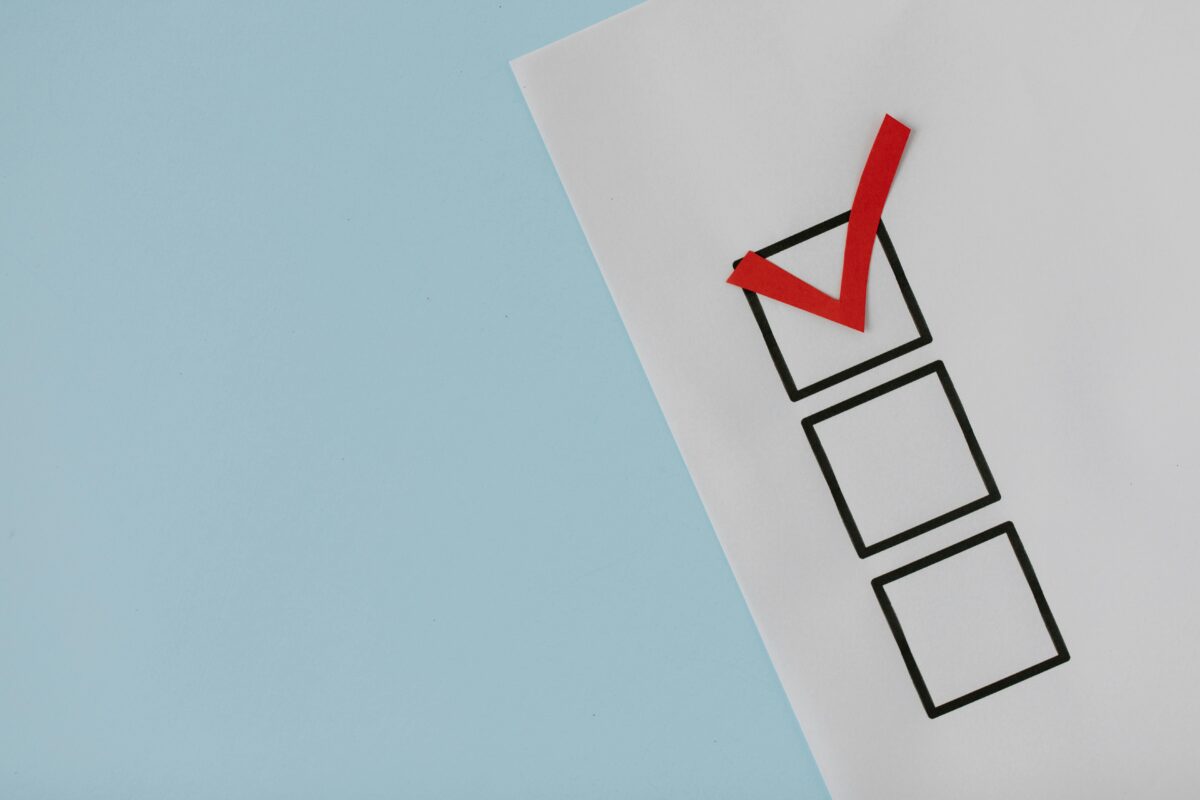What is a confirmation email?
A confirmation email is an automated message sent to a recipient to verify a specific action, such as making a purchase, subscribing to a service, or registering for an event.
These emails serve as reassurance to the user that their action has been successfully recorded and often include essential details like order summaries, login credentials, or next steps.
Why are confirmation emails important?
Confirmation emails, which are typically automated, play a crucial role in customer communication. Their key benefits include:
- Building trust: Immediate confirmation reassures users that their action was successful.
- Providing essential details: These emails serve as a reference for order numbers, receipts, and login information.
- Reducing customer inquiries: Customers are less likely to contact support when they receive prompt confirmations.
- Encouraging engagement: Well-crafted emails can guide users toward the next step, such as tracking an order or exploring related content.
Best practices for crafting effective confirmation emails
To maximize engagement and clarity, follow these best practices:
1. Use a clear and concise subject line
Your subject line should be straightforward and informative. Examples include:
- “Your order has been confirmed – Order #12345”
- “Welcome! Please confirm your email address”
- “Subscription successful – Here’s what’s next”
2. Personalize the content
Adding the recipient’s name and relevant details enhances user experience. Example: “Hi [Name], thank you for your order! Your order #12345 is confirmed and will be shipped soon.”
3. Include key details
Ensure your email contains all necessary information, such as:
- For orders: Order number, item details, total amount, estimated delivery date.
- For subscriptions: Service details, login instructions, renewal date.
- For event registrations: Event date, location, ticket information, next steps.
4. Keep the design simple and branded
Use a clean design that aligns with your brand’s colors and logo. Make it mobile-friendly and easy to read.
5. Add a clear call to action (CTA)
Encourage the recipient to take the next step. Examples:
- “Track your order”
- “Access your account”
- “Download your ticket”
6. Ensure deliverability and avoid spam filters
- Use a recognizable sender name and email address.
- Avoid excessive use of promotional language.
- Include an option for users to contact support if needed.
Examples of confirmation emails for different scenarios
Order confirmation email
Subject: Your order #12345 is confirmed – Here’s what’s next
“Hi [Name], thank you for your purchase! Your order #12345 has been confirmed and is being prepared for shipment. You can track your order here [tracking link].”
Subscription confirmation email
Subject: Subscription confirmed – Welcome to [Service Name]!
“Welcome, [Name]! You’ve successfully subscribed to [Service Name]. Access your account here: [login link].”
Event registration confirmation email
Subject: You’re registered for [Event Name] – Details inside
“Hi [Name], you’re all set for [Event Name]! The event will take place on [date] at [location]. Here’s your ticket: [ticket link].”
Why choose DailyStory for your confirmation emails?
DailyStory simplifies the process of creating, automating, and tracking confirmation emails with ease. Benefits include:
- Automation: Send personalized, timely confirmations without manual effort.
- Customization: Design branded emails with an intuitive editor.
- Analytics: Track open rates and engagement for performance insights.
- Integration: Seamlessly connect with your CRM, e-commerce platform, or event management system.
Enhance your customer communication with DailyStory and create seamless confirmation email experiences today.

